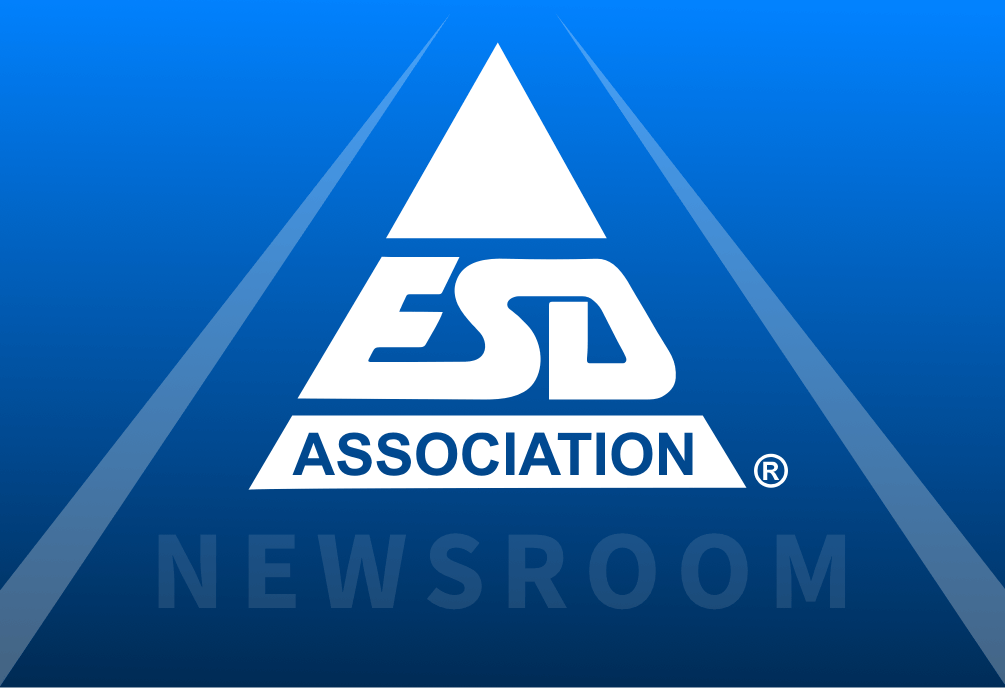IEC TC101 Committee on Electrostatics Convenes in Shenzhen, China
IEC TC101 Committee on Electrostatics Convenes in Shenzhen, China
July 22, 2024
Contact: Lisa Pimpinella, Executive Director, EOS/ESD Association, Inc. lpimpinella@esda.org, (315) 339-6937
Shenzhen, China — The IEC TC101 Committee on Electrostatics held its annual meeting in Shenzhen, China, from June 23 to June 28, 2024. Established in January 1996 as the continuation of Subcommittee (SC) 15D, created in 1990, TC101 initially focused on the electronics industry. Today, TC101's standards and deliverables span a wide range of industries, both commercial and domestic.
The EOS/ESD Association, Inc., acting as the Technical Advisory Group (TAG) for the US National Committee TC101, was represented by John Kinnear (IEC TC101 Chairman), Kevin Duncan (Head of US Delegation), and Chuck McClain. Many IEC TC101 61340 designation documents are harmonized with EOS/ESD Association standards, test methods, practices, and technical reports.
On June 23, an international conference on electrostatics was held, featuring presentations from TC101 members and Chinese experts. Approximately 400 attendees explored topics ranging from personal protective equipment (PPE) to the development of MEMS devices for measuring electric fields.
From June 24 to June 28, TC101 conducted several important meetings:
- Maintenance Team 8 (MT-8) reviewed documents such as IEC TR 61340, IEC 61340-2-1, and IEC TS 61340-4-2, concluding that no updates are currently necessary.
- Working Group 5 (WG5) discussed the development of IEC 61340-5-6, aimed at protecting electronic devices from electrostatic phenomena. The document, aligned with ANSI/ESD SP17.1, was reviewed and updated.
- IEC TR 61340-5-2 began its transition from a technical report to a technical specification to comply with new IEC content requirements.
- Project Team PT 51340-1-1 focused on measurement errors, uncertainties, and result expression, currently under committee review.
- Working Group 16 (WG16) reviewed amendments to IEC 61340-6-1, focusing on electrostatic control in healthcare and public facilities.
The plenary session on June 28 included reappointments of convenors, working group reports, liaison reports from related Technical Committees, and updates from the IEC Secretariat. Two new work proposals were introduced:
- A technical report or specification on characterizing ESD energy and resistance of non-metals.
- A technical report or specification comparing various field meters, non-contact voltmeters, and MEMS field meters.
These proposals will be submitted to national committees for review and approval.
Critical Worldwide Involvement of IEC TC101
The IEC TC101 Committee on Electrostatics plays a pivotal role in setting international standards for electrostatic control, impacting a wide array of industries globally. The recent annual meeting in Shenzhen, China, underscored the committee's extensive influence and the importance of its work.
Key Reasons for Critical Global Involvement:
- Diverse Industry Impact: Initially focused on the electronics industry, TC101 now addresses electrostatic standards across various sectors, including healthcare, commercial, and domestic industries. This broad scope ensures that electrostatic hazards are managed effectively worldwide, enhancing safety and operational efficiency.
- Harmonization of Standards: The alignment of IEC TC101 standards with those of the EOS/ESD Association ensures a cohesive approach to electrostatic control. This harmonization facilitates international trade and technological development by providing universally accepted guidelines and practices.
- Innovation and Technological Advancement: The committee's work, such as developing new standards for MEMS devices and personal protective equipment, fosters innovation. These advancements are crucial for maintaining cutting-edge practices in electrostatic control, benefiting industries from electronics manufacturing to healthcare.
- Global Collaboration: Bringing together experts from around the world, TC101 promotes the exchange of knowledge and best practices. The participation of representatives from various countries, including the significant contribution of the US delegation, highlights the collaborative effort needed to address global electrostatic challenges.
- Future-Forward Initiatives: Proposals for new work, such as characterizing ESD energy in non-metals and comparing various field meters, demonstrate TC101's commitment to addressing emerging challenges. These initiatives ensure that the committee remains at the forefront of electrostatic control, adapting to new technologies and industry needs.
###
